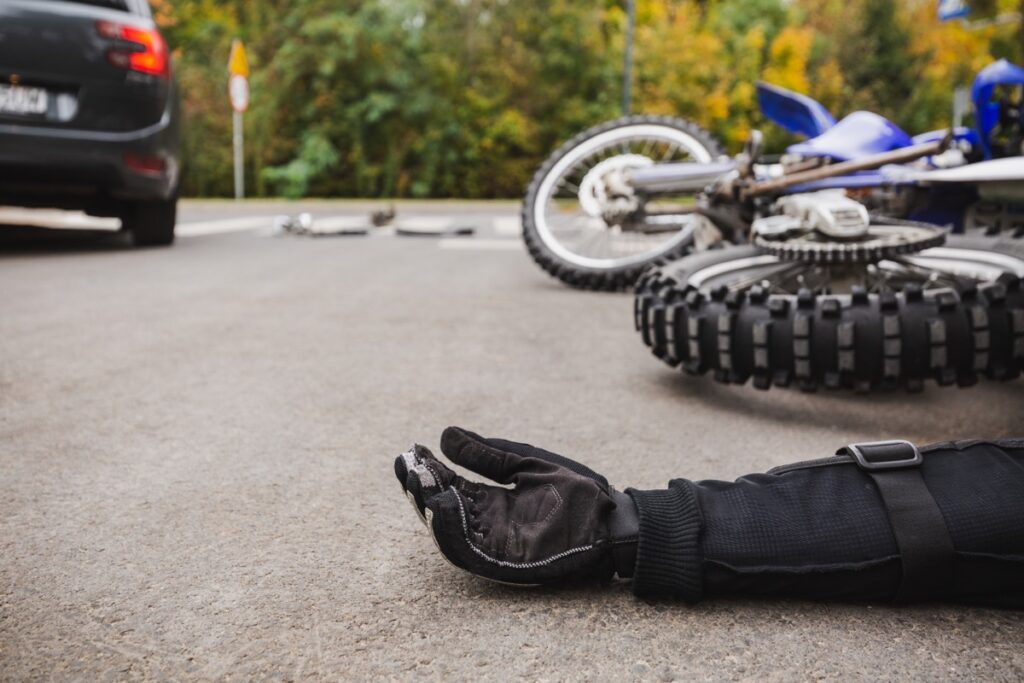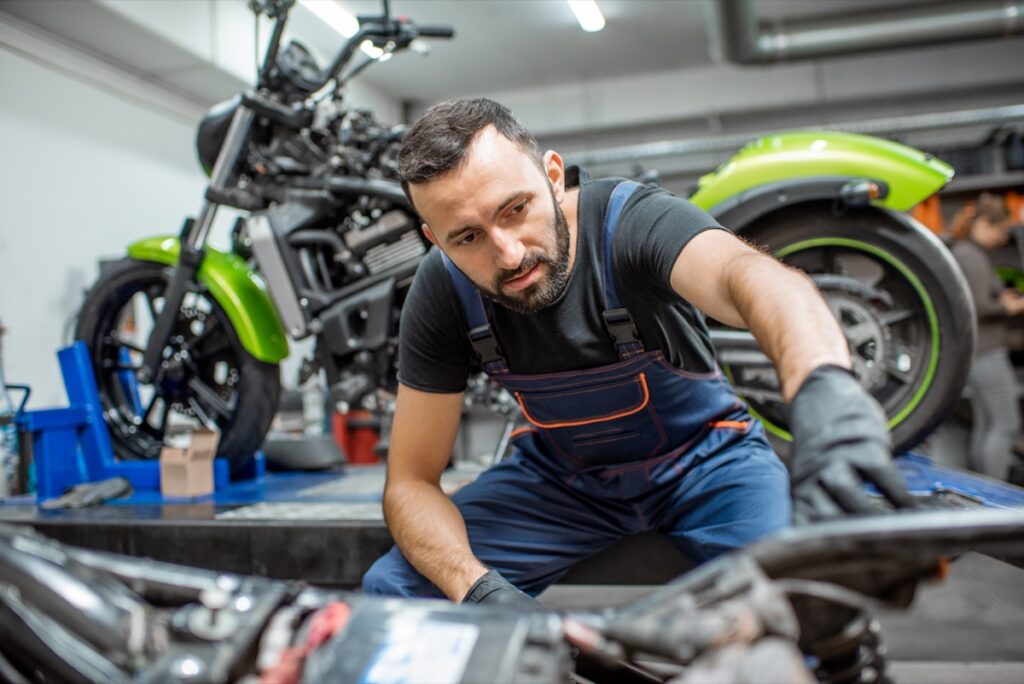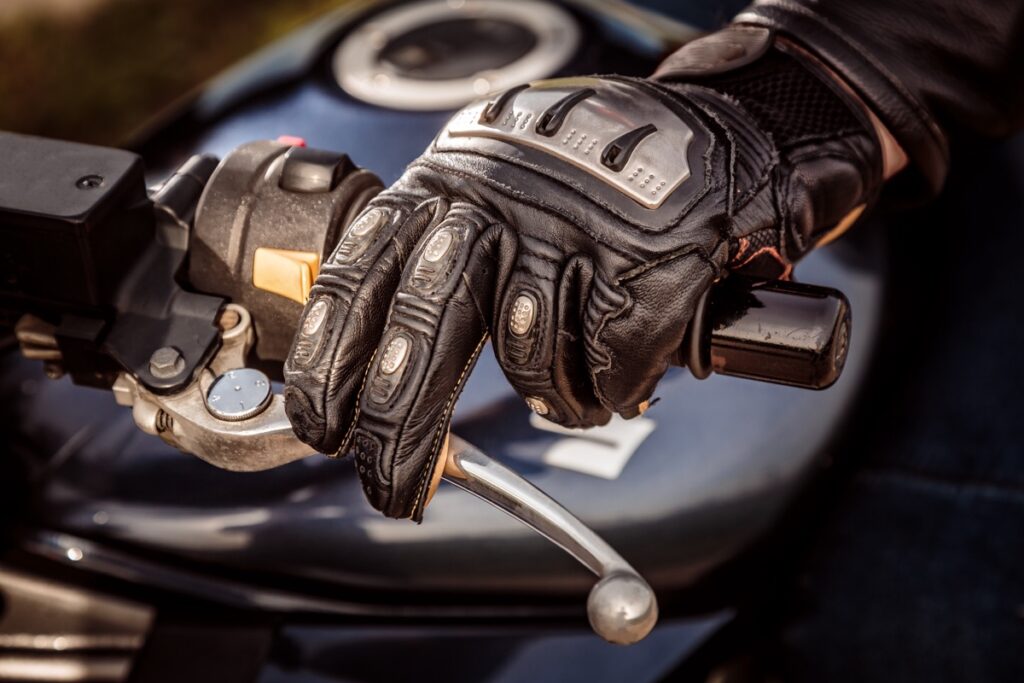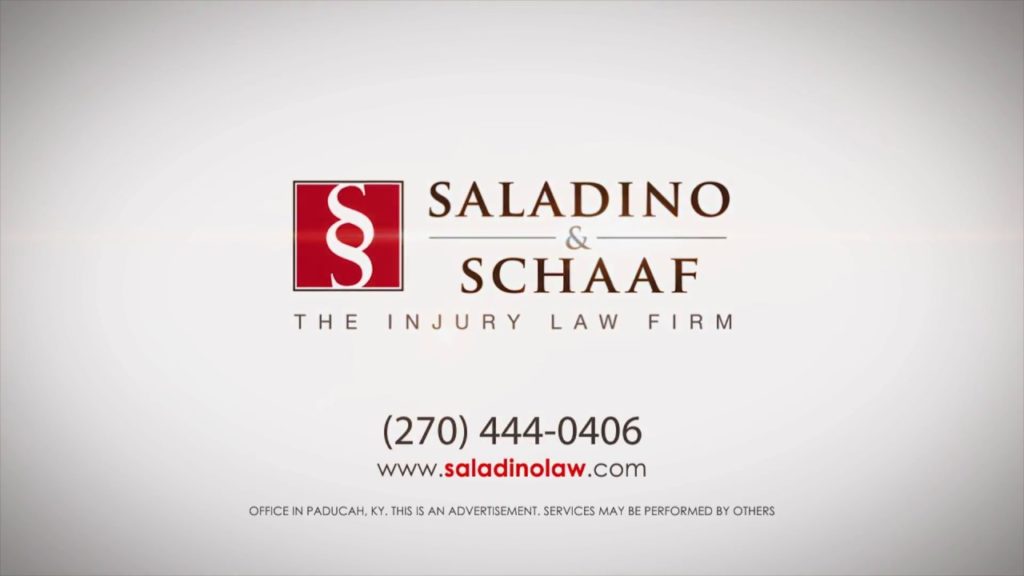Motorcycles offer a sense of freedom and exhilaration unmatched by other forms of transportation, but this sense of liberation comes with significant responsibility. Ensuring motorcycle safety and regular maintenance is not just necessary but crucial to prevent motorcycle accidents.
A commitment to safety and maintenance helps reduce motorcycle accidents and fatalities and enhances the overall riding experience, increasing the lifespan of the motorcycle and allowing the rider to enjoy the open road with peace of mind.
Motorcycle Accident Statistics
The recent statistics on motorcycle accidents, as reported by the National Highway Traffic Safety Administration (NHTSA), offer a sobering view of the risks associated with motorcycle riding. According to the NHTSA, in 2021 alone, there were approximately 84,000 motorcycle accidents resulting in injuries. Sadly, nearly 6,000 resulted in fatalities, a 7.7% increase from the previous year.
Motorcyclists continue to be overrepresented in traffic fatalities. The NHTSA states that motorcyclists are 24 times more likely than passenger car occupants to die in a crash and four times more likely to be injured. These statistics highlight the inherent risks of motorcycling and underscore the absolute necessity of adhering to stringent safety measures and maintenance practices.
For a more comprehensive understanding of these statistics, please refer to the official reports by the National Highway Traffic Safety Administration.

Understanding Motorcycle Accidents
Common Causes of Motorcycle Accidents
Accidents involving motorcycles often occur due to a variety of factors. Some of the most common causes include speeding, alcohol use, lane splitting, sudden stops, and collisions with fixed objects. Furthermore, unlike cars, motorcycles are particularly susceptible to dangerous road conditions like gravel, wet surfaces, and uneven pavement. A significant portion of accidents also result from vehicles making left-hand turns in front of an oncoming motorcycle or misjudging the motorcycle’s speed.
Types of Injuries Sustained in Motorcycle Accidents
Injuries sustained in motorcycle accidents can range from minor cuts and bruises to more severe or even fatal injuries. Some common injuries include fractures, head and brain injuries, spinal cord injuries, road rash, and internal injuries. Unfortunately, in severe cases, these injuries can lead to long-term disability or even death.
Statistics on Motorcycle Accidents, Injuries, and Fatalities
According to the Insurance Institute for Highway Safety (IIHS), head injuries are the leading cause of motorcycle accident deaths, highlighting the importance of wearing helmets. The IIHS also reports that 42% of motorcyclists were not wearing a helmet in fatal crashes. Additionally, approximately 37% of motorcycle accidents could have been prevented with the use of Anti-Lock Braking Systems (ABS).

Motorcycle Maintenance
Importance of Proper Motorcycle Maintenance in Preventing Accidents
Regular maintenance is essential for safe motorcycle operation. It enhances vehicle reliability, improves performance, prolongs lifespan, and helps prevent motorcycle accidents. A well-maintained brake system can be the difference between a near miss and a catastrophic accident. Tire condition can influence traction on wet roads, and a well-tuned engine ensures the motorcycle performs as expected.
Checklist for Regular Motorcycle Maintenance
A regular motorcycle maintenance routine should include the following:
- Tires: Check for proper inflation, tread depth, and signs of wear or damage.
- Brakes: Check both front and rear brake pads for wear and ensure the brake fluid is at an appropriate level.
- Fluids: Regularly check and replace fluids, including engine oil, brake fluid, and coolant.
- Lights: Ensure that all lights – headlight, tail light, brake light, and turn signals – function correctly.
- Chain: Clean, inspect, and lubricate the chain regularly.
- Battery: Keep the battery clean and ensure connections are tight.
- Controls: Check levers, pedals, cables, and hoses for any signs of wear or damage.
How to Recognize Signs of Potential Problems With Your Motorcycle
Motorcyclists should be alert for signs of potential problems, including:
- Changes in handling or performance, such as difficulty in steering or decreased acceleration.
- Strange noises coming from the engine, brakes, or wheels.
- Leaks or drips of fluids beneath the motorcycle.
- Persistent engine overheating.
- Excessive vibration while riding.
- Difficulty in starting the engine.
Recommendations for Regular Professional Check-ups
Even with regular home maintenance, it’s essential to have your motorcycle checked by a professional mechanic regularly. These check-ups can identify issues that the untrained eye may miss. Depending on your riding frequency, a good rule of thumb is to schedule a professional check-up at least once or twice a year. If you ride more often, then more frequent visits might be necessary.

Motorcycle Safety Measures
Importance of Motorcycle Training Courses
Regardless of one’s experience level, motorcycle training courses are invaluable for all riders. These courses not only teach riding basics to beginners but also provide advanced riding techniques and safety strategies to experienced riders. The Motorcycle Safety Foundation offers various courses for riders of different skill levels.
Techniques for Safe Riding and Accident Prevention
Techniques for safe riding include defensive riding, where riders assume they are invisible to other drivers. Always maintaining a safe distance from other vehicles, staying out of blind spots, and being mindful of the road conditions are other key practices. Additionally, mastering control over speed, braking, and turning is essential for accident prevention.
Appropriate Protective Gear
Helmets are arguably the most essential protective gear a motorcyclist can wear. They drastically reduce the risk of fatal head injuries. According to the Centers for Disease Control and Prevention (CDC), helmets reduce the risk of death by 37% and the risk of head injury by 69%. Refer to the CDC Motorcycle Safety Guide for more on this.
Overview of Other Protective Gear
Besides helmets, other protective gear includes jackets, pants, gloves, and boots. Jackets and pants should have armor protection for vital areas and be constructed with abrasion-resistant materials. Gloves protect your hands and provide a grip on the controls. Motorcycle boots protect your feet and ankles and offer better control over the motorcycle’s foot controls.
Motorcycle Safety Features and Tech
Anti-lock Braking Systems (ABS)
ABS prevents the wheels from locking up, thus avoiding uncontrolled skidding. It’s particularly effective in slippery conditions and can significantly decrease the risk of a fatal accident.
Traction Control Systems
Traction control helps prevent the motorcycle’s wheels from spinning when accelerating on low traction surfaces, enhancing power and stability.
Safety Tech Advancements in the Motorcycle Industry
New safety technologies continue to evolve, including stability control, forward collision warning, and lane departure warning. Some motorcycles also feature LED lighting for increased visibility, tire pressure monitoring systems, and even smart helmets with heads-up displays (HUD). These advancements are poised to make motorcycling safer in the future.

What To Do If You’re Injured in a Motorcycle Accident
Steps to Take After a Motorcycle Accident
If you’re involved in a motorcycle accident, your actions can significantly influence your recovery and legal proceedings. First, ensure your safety by moving out of the roadway if possible. Call 911 to report the accident and receive medical attention, even if injuries seem minor initially. Document the scene by taking photographs and gathering information from the other party involved and any witnesses. Finally, notify your insurance company about the accident.
Understanding and Protecting Your Legal Rights
After a motorcycle accident, it’s essential to understand your legal rights. This can include compensation for medical expenses, loss of income, and property damage, among other things. Consult a personal injury attorney experienced in motorcycle accidents for advice and help protecting your rights.
Rehabilitation and Recovery After a Motorcycle Accident
The path to physical recovery may be long and challenging, often involving surgery, physical therapy, and ongoing medical treatment. Following medical advice is crucial for successful rehabilitation. Depending on the severity of your injuries, you may also need to modify your lifestyle temporarily or permanently.
Mental Health Considerations Following a Motorcycle Accident
It’s essential to acknowledge the psychological impact of a motorcycle accident. Post-traumatic stress disorder (PTSD), anxiety, and depression are common in accident survivors. Seeking help from mental health professionals can significantly aid recovery and should not be overlooked.
A Committed Approach to Safety
Motorcycles offer an unparalleled sense of freedom on the open road, yet it’s essential to remember that with this freedom comes a significant responsibility. The data and personal stories highlighted throughout this guide make it clear that proper maintenance, wearing appropriate safety gear, developing advanced riding skills, and understanding how to react in the unfortunate event of an accident can be lifesaving. Motorcycling requires a committed approach to safety and a steadfast dedication to continual learning.
The joy of motorcycling stems from the thrill of the ride balanced with the peace of mind that comes from knowing you’ve taken every possible measure to ensure your safety and the safety of those around you. As we continue to embrace the advancements in motorcycle safety technology and promote awareness, we aim to see a steady decrease in accident statistics in the years to come. Always remember, the best journeys are those where we arrive safely at our destinations.
Further Reading and Resources
List of Additional Resources on Motorcycle Safety, Maintenance, and Accident Recovery
- Motorcycle Safety Foundation: A comprehensive resource offering a range of motorcycle rider courses.
- National Highway Traffic Safety Administration (NHTSA) – Motorcycle Safety: Offers safety tips for motorcyclists and statistics on motorcycle accidents.
- Centers for Disease Control and Prevention (CDC) – Motorcycle Safety: Provides a detailed guide on the importance of helmets and other safety measures.
- Insurance Institute for Highway Safety (IIHS) – Motorcycles and ATVs: Offers a wealth of information on motorcycle safety, including statistics on accidents, injuries, and fatalities.
- American Motorcyclist Association (AMA) – Rights, Riding, Racing: Contains resources on responsible riding and maintaining your rights as a motorcyclist.
- Motorcycle Legal Foundation: Provides legal advice specific to motorcycle accidents and injuries.
- Motorcycle Maintenance Guide: A detailed guide to maintaining your motorcycle in top shape.
- Rider Magazine: Offers a wide range of articles on motorcycle safety, gear reviews, and maintenance tips.
- Road to Recovery – Motorcycle Accident Recovery Stories: A supportive platform where individuals share their recovery stories after motorcycle accidents.
These resources offer information to help you on your journey as a motorcyclist. From honing your skills to understanding your rights after an accident, they can provide the knowledge you need to ride safely and confidently.

Kentucky Motorcycle Accident Attorneys
If you’ve been injured in a motorcycle accident, the personal injury attorneys at Saladino & Schaaf are here to help. With our extensive experience in handling motorcycle accident cases, we can help protect your legal rights and ensure you receive the compensation you deserve.
Don’t navigate this challenging time alone; let Saladino & Schaaf stand by your side. Contact us today to schedule a free consultation, or call us at our offices in Paducah: (270) 444-0406 or Murray: (270) 753-1529. Take the first step towards your recovery journey by getting the legal support you need and deserve.



